
The Past And Present Life Of Amblyopia
Amblyopia general situation
Amblyopia is the most common cause of visual loss in one eye in children, with an incidence of 1.2 to 2% worldwide. Recent studies have estimated that there are 99.2 million people with amblyopia worldwide in 2019, 175 million in 2030, and 220 million in 2040.
We have read and studied the latest progress of amblyopia treatment and the new ideas of amblyopia treatment in international expert conferences in the past few periods. Now we have summarized the following important points.
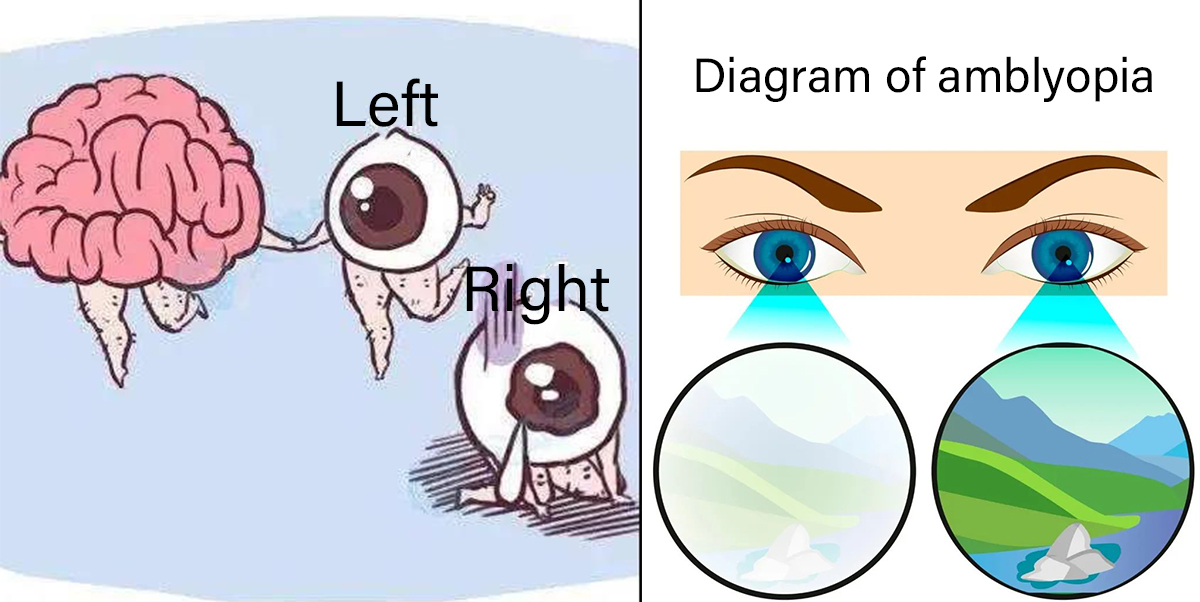
# 1
Amblyopia is in the brain, not the eyes
Since the 18th century, the understanding of amblyopia has remained at the eye level, and the treatment of amblyopia mainly emphasizes monocular occlusion. Over the past 20 years, we have learned a lot about the nature and neural mechanisms of amblyopia, which is a temporary active suppression of the visual pathways of the brain and, to some extent, is still neuroplastic. Only by understanding the neurological problems of amblyopia can we better understand and treat amblyopia.
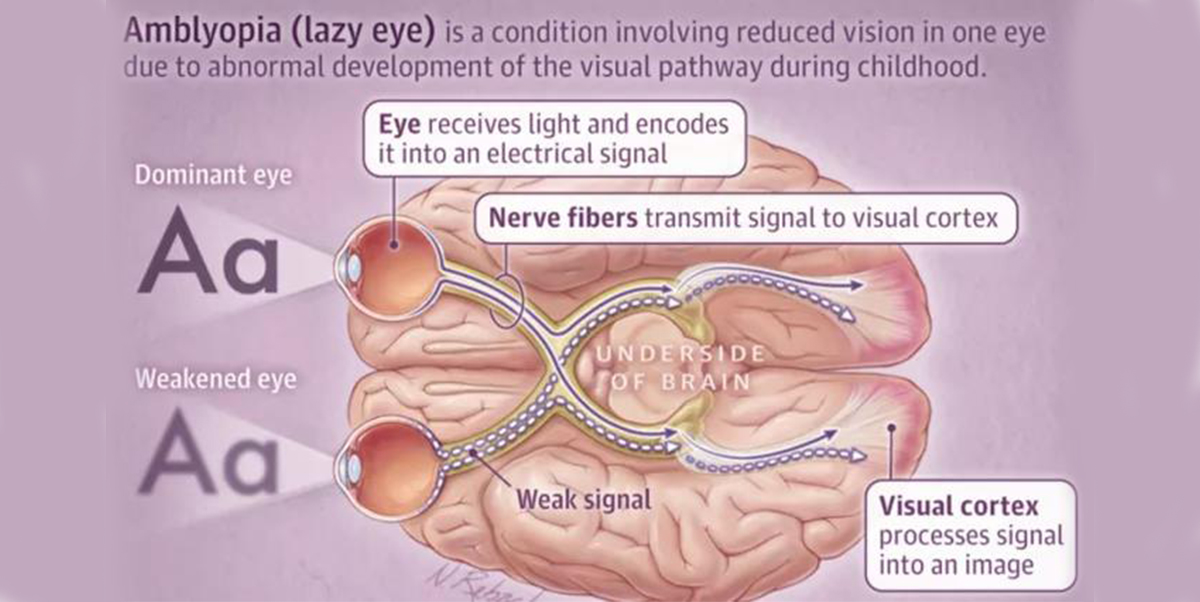
# 2
Amblyopia is binocular rather than monocular
Amblyopia is a manifestation of binocular problems in one eye. Patients with amblyopia will not only have decreased visual acuity in one eye, but also be affected in both eyes. Vision loss is only the tip of the iceberg. Many children with amblyopia may be able to see in both eyes but still have learning attention problems, so vision problems alone cannot be considered.
Traditional monocular treatment only considers monocular problem, which is also the cause of residual amblyopia and amblyopia recurrence, and residual amblyopia affects not only the life quality of amblyopia children, but also the life quality of their parents.
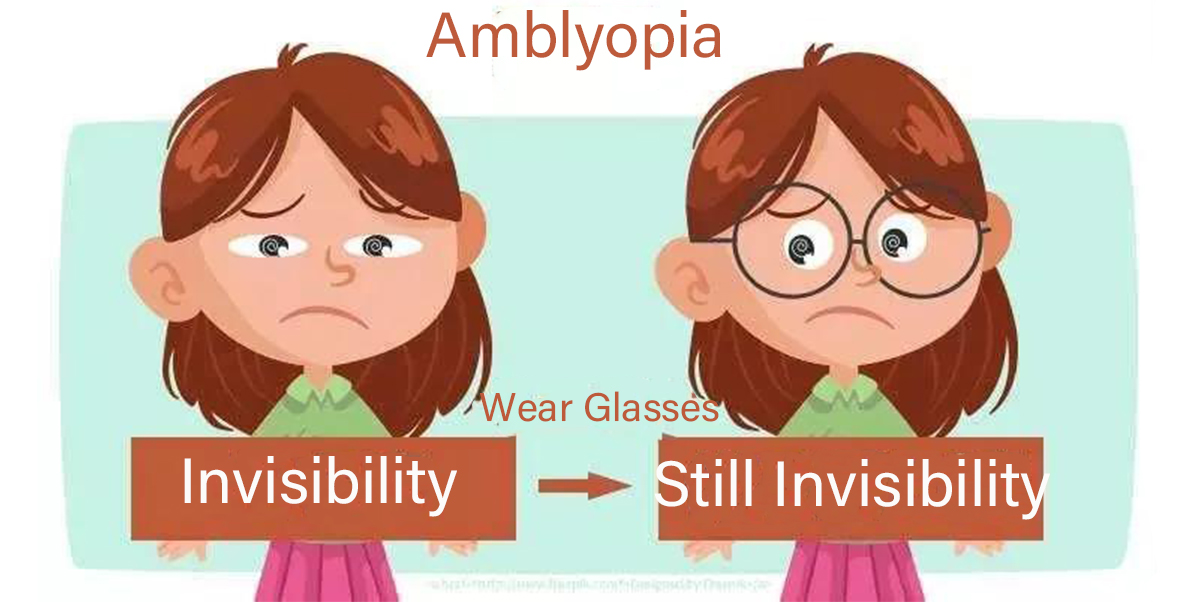
# 3
There is no age limit for amblyopia treatment
Amblyopia treatment with the notion of critical period limit for more than 40 years ago, with the study of brain neural mechanism of amblyopia and the understanding, in the critical period of visual development nervous cortical plasticity, the biggest potential therapy effect is relatively good, but actually after the critical period of adult vision system still retain certain plasticity, through the study of visual perception based on environmental enrichment, physical activity, It reactivates the plasticity of the visual cortex and therefore benefits from treatment of amblyopia in adults, which offers hope for treatment of amblyopia patients after the critical period.
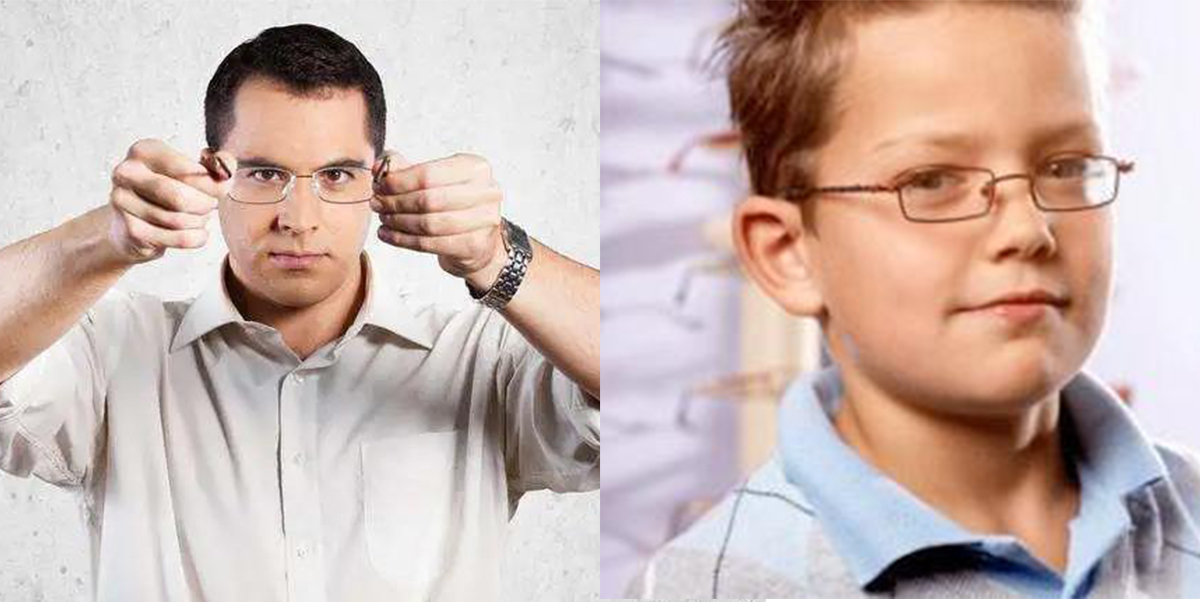
# 4
Amblyopia treatment
Traditional therapy & new ideas
Traditional masking therapy has been used in clinical practice for more than 300 years, but it aggravates binocular imbalance and has a wide range of outcomes. Studies show that cover is only effective for less than 50% of patients, simple cover therapy can not continue to improve the vision of some patients after reaching a certain level, cover patients in amblyopia recurrence rate is also higher.
Amblyopia is the result of binocular competition inhibition, which is rooted in binocular competition and manifested as monocular vision dysplasia. Therefore, the key to treat amblyopia is to break the binocular competitive inhibition and promote the harmonious development of binocular vision.
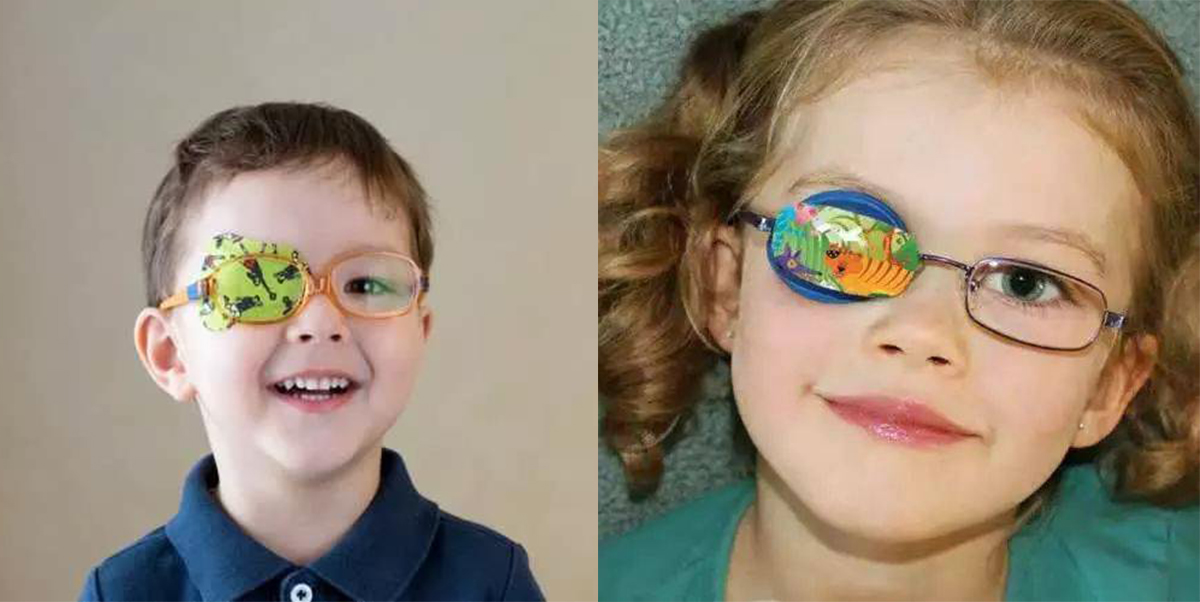
# 5
Full correction prescription is not the best prescription
Refractive correction is the basis and premise of all kinds of amblyopia treatment.*Based on the 2021
*Expert consensus on prevention and treatment of amblyopia in Chinese children
**With incline:
For the first time, full correction of hyperopia refractive error, after every six months to one year ciliary paralysis optometry, in the maintenance of positive eye position, good vision, as appropriate to reduce the degree, retain physical hyperopia. Myopic refractive error: the lower degree of best corrected visual acuity is given for correction.
**With external oblique:
Hyperopia is corrected at the lower degree of best corrected visual acuity.
**Without strabismus:
Hyperopia ametropia according to the optometry results as appropriate low correction.
**Astigmatism:
No increase or decrease in degree.
Traditional prescription lenses give best corrected visual acuity, but this approach only considers monocular treatment, not the degree of binocular vision given. The study found that children who had hyperopia in infancy had a higher risk of developing strabismus, and that the risk of developing strabismus was reduced by prescribing undercorrection. Undercorrection is beneficial to moderate and severe farmyopic amblyopia, which can restart the emmetropia process, promote the development of eyeballs and improve visual acuity.
The treatment of amblyopia in North America emphasizes the need for optical correction to find the optimal binocular prescription BBP to minimize binocular competition. The best binocular prescription for BBP is stereovision. BBP is not based on the results of an optical test of optimal vision, but rather on a neurological response that may be equal to or lower than the foot refractive index.
# 6
Recent advances in the treatment of amblyopia
The ultimate goal of amblyopia treatment is to achieve the tertiary vision function of far and near binocular vision. Although traditional occlusion therapy improves visual acuity, it destroys binocular fusion function. Therefore, binocular therapy is necessary to overcome the abnormal inhibition between the two eyes, induce the plasticity of visual cortex, and improve binocular visual function of patients.
Visual perceptual learning can make use of the plasticity and mobility of the brain nervous system, through specific visual stimuli and visual learning, activate the visual signal pathway, strengthen the visual nerve connection, improve the brain nerve signal processing ability, so as to promote the recovery of visual function.
With the development of research on the pathogenesis of amblyopia and science and technology, a variety of new therapeutic methods have emerged in the field of amblyopia treatment. Such as visual perception learning therapy, binocular separation training, interactive binocular therapy, VR head-mounted display training, computer training system VTS4, etc. Various brain visual function training software can design relevant visual perception learning training in size, space, orientation, depth and other aspects, and master relevant visual skills through repeated practice.
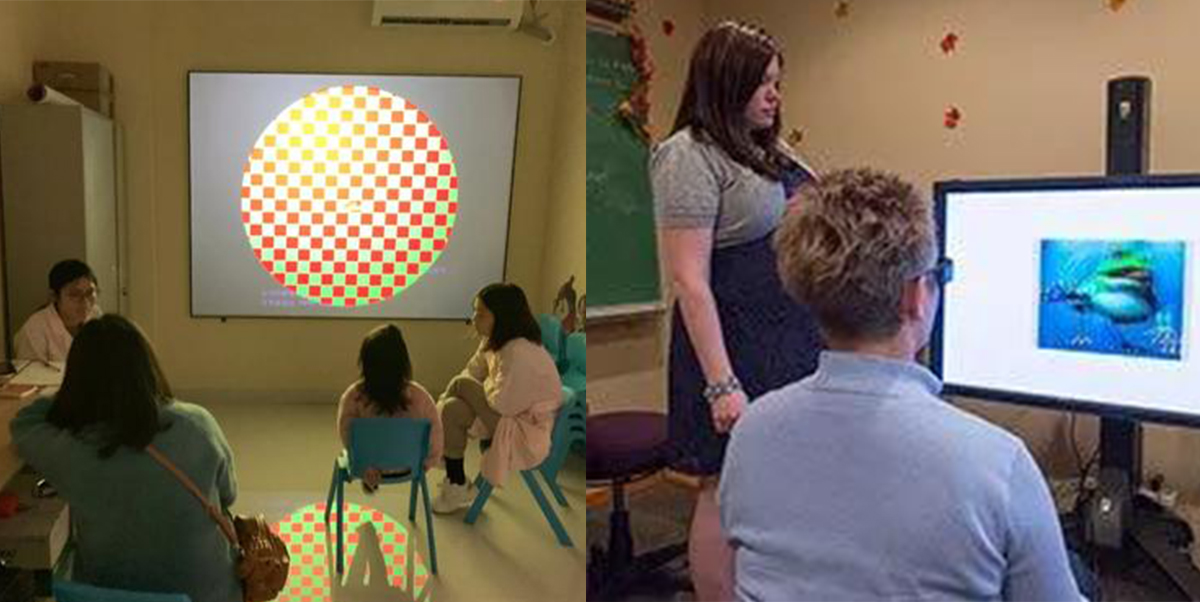
It is worth noting: amblyopia visual treatment is to point to the application of optimal reasonable glasses lens prescription principle, eliminate the retina caused due to refractive errors or anisometropia like abnormal signal, on the basis of the application of various methods, such as cover, depression to break the dominant eye amblyopia eyes competitive inhibition, to promote the establishment of the forming condition of binocular vision. Then through the visual function training to establish effective binocular monopic function and learn to apply the whole process of this function.
Visual therapy for amblyopia is a systematic treatment plan, which should be re-evaluated at any time during the treatment process and be adjusted according to the evaluation results.
Fortunately, these different techniques and different forms of binocular amblyopia training make up for the deficiency of traditional amblyopia treatment, re-trigger the plasticity of visual cortex, and have development potential in the treatment of adult amblyopia and refractory amblyopia.